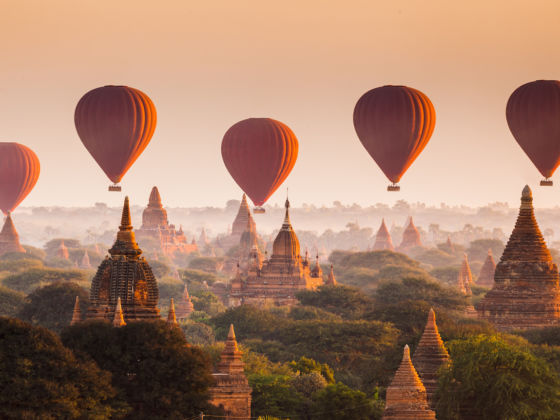BACK IN 2011, ONLY 22,000 AMERICANS visited Burma (also known as Myanmar), and much of the country was still off-limits.
Now this is changing fast. Areas formerly closed by the military regime are now open to foreigners with permits. I was surprised how easy it was to travel independently for the month I was there even in February of 2012.
Burma does have a backpacker circuit similar to what you see in the rest of Southeast Asia. For anything beyond that, though, planning is key. This means allowing sufficient time for your guide (required for permit areas) to secure permits before you reach Yangon. Flexibility also is essential, as I learned when two tribal areas I expected to visit suddenly were closed by a nervous government.
Below are three itinerary options. They increase in difficulty in terms of planning required and uncertainty involved — and inversely in terms of how many foreign faces you’ll see.
